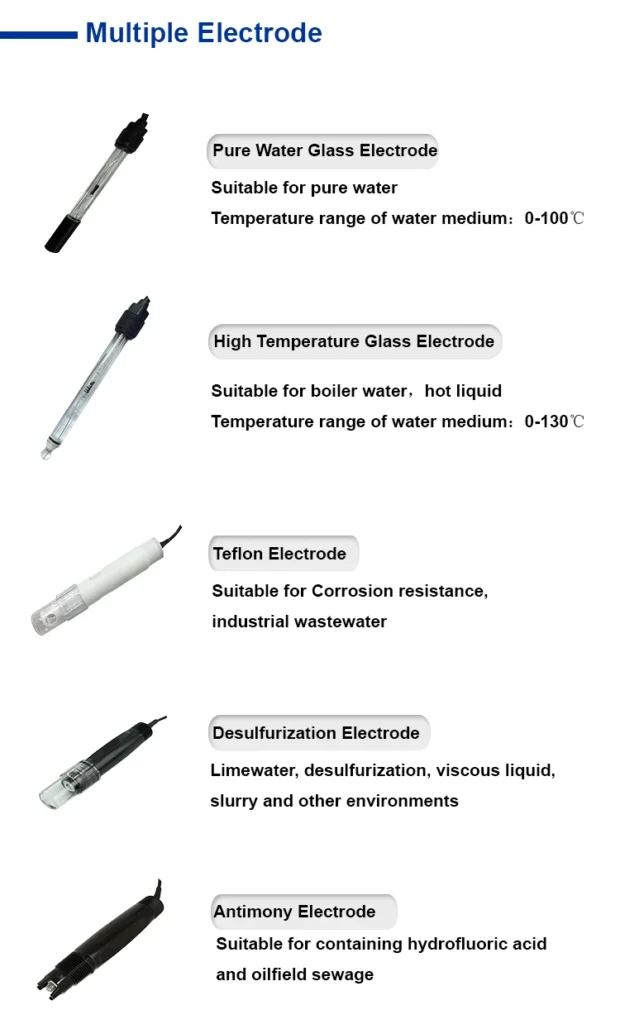What is a Water Quality pH Sensor?
1. Understanding a Water Quality pH Sensor
A water quality pH sensor is an essential tool for determining the acidic or basic nature of water. The pH scale, spanning values from 0 to 14, provides a numerical representation of the water’s chemical properties. People consider a pH of 7 neutral; values below 7 indicate acidity, while values above 7 indicate alkalinity. Monitoring pH levels is essential across various fields. In aquatic ecosystems, ph and water quality influences the well-being and reproduction of aquatic species. In industrial and water treatment applications, maintaining the correct pH ensures the efficiency of processes and operational safety.
2. Overview of the CDT-11A Liquid pH Sensor
The CDT-11A Liquid pH Sensor, developed by coda SENSOR, is an innovative and reliable tool for precise pH measurement. Based on electrochemical principles, this sensor functions within a pH range of 0 to 14. It operates with a supply voltage between 7 – 30VDC, consuming less than 0.2W, making it relatively energy efficient. Additionally, an optional temperature compensation feature is available, which can enhance measurement accuracy in environments with varying temperatures.
3. Key Features of the CDT-11A Liquid pH Sensor
3.1 High Precision and Sensitivity
The CDT-11A offers great precision. It has an accuracy of ±0.05 ph and water quality and a resolution of 0.01 pH. This allows it to detect small changes in water quality. Thanks to its high sensitivity, it quickly reacts to changes in water’s pH level. This allows for real-time monitoring and data collection.
3.2 Fast Response Time
The sensor responds quickly. It takes less than 8 seconds for moving liquids and under 14 seconds for still ones. Such responsiveness enables timely interventions when someone detects significant pH fluctuations.
3.3 Exceptional Stability
Providing stability at ≤0.01pH/24h, the CDT-11A ensures consistent performance over extended periods, minimizing the need for frequent recalibration in many scenarios.
3.4 User-Friendly Operation
The designers created the sensor to be simple. It does not need special calibration tools. This makes it good for users with different skill levels. This ease of use improves accessibility and streamlines the process of monitoring water quality.
4. Benefits and Applications of the CDT-11A Liquid pH Sensor
4.1 Advantages
Featuring dual output signals (4 – 20mA and RS485), the CDT-11A integrates seamlessly into various monitoring systems. Its strong IP68 rating protects against dust and water. This ensures it lasts in tough conditions. You can customize the cable length, and the default length is 5 meters. An optional mounting bracket adds flexibility for installation.
4.2 Practical Applications
The CDT-11A finds utilization across numerous sectors:
– Agriculture: Optimizes irrigation water pH to enhance crop growth conditions.
– Sewage Treatment: Monitors and regulates pH during treatment processes to meet environmental compliance standards.
– Chemical Industry: Assists in maintaining quality control within water-involved chemical processes.
-Water quality management often applies to rivers, reservoirs, wells, and water treatment plants. It helps protect aquatic ecosystems and public health.
This versatile sensor supports effective water quality management across industries, ensuring optimal environmental and operational outcomes.
